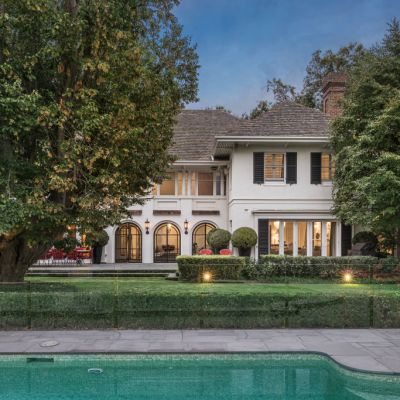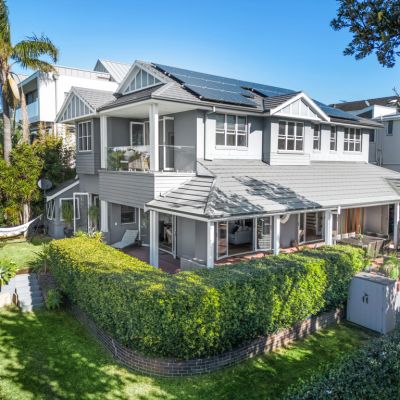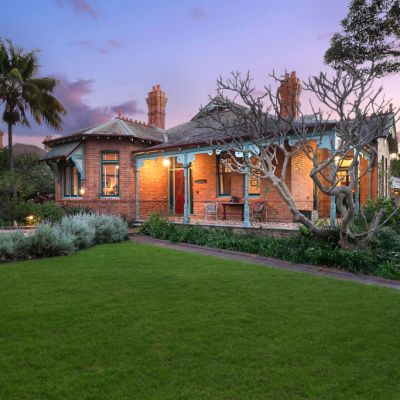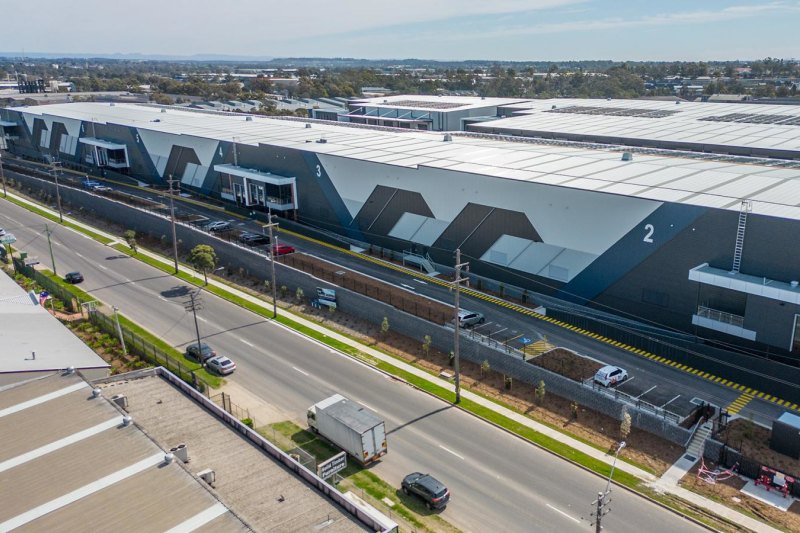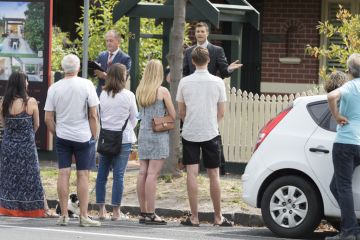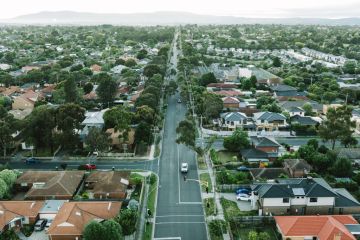RBA interest rates: Reserve Bank holds cash rate at 4.35 per cent ahead of Christmas
It’s the Christmas gift so many households and businesses have been dreaming of – no more interest rate rises for at least the next two months.
The Reserve Bank of Australia (RBA) has effectively kicked off the season of goodwill with its announcement that the current rate of 4.35 per cent will hold until its next meeting at the start of February and perhaps even further.
It’s a result of inflation falling faster than expected, with the latest Consumer Price Index report from the Australian Bureau of Statistics (ABS) showing that it’s slumped from 5.6 per cent in the 12 months to September to 4.9 per cent in the year ending in October.
“It seems the previous rate cuts are having an impact, and households are easing back on spending,” said Mathew Tiller, head of research and business intelligence at the LJ Hooker Group. “Inflation is falling globally, too, but it’s still quite high.
“There’s a lag always between an interest rate decision and getting its full impact so we’re still in that phase of seeing what the full effect will be on the economy of previous rate rises. The danger is always that last month’s rate rise was one too many.”
The economy is still looking resilient, with the October labour force survey finding only a slight uptick in the unemployment rate from 3.6 per cent to 3.7 per cent, while retail trade was down by 2 per cent.
The third quarter 2023 national accounts don’t come out until tomorrow but most commentators predict a slight rise in the real Gross Domestic Product, such as the Commonwealth Bank putting it at just 0.4 per cent for the quarter.
At the same time, house price growth is continuing, albeit slower than earlier this year. “There’s still demand in the property market, and buyers are out there trying to purchase, and there’s been a big uplift in listings numbers, which is rebalancing supply and demand, particularly in Sydney and Melbourne,” said Tiller.
“I expect this current rate of 4.35 per cent will be close to the top rate now. It depends on what the next inflation data says. There could be another rise in February, or it might hold from now on in.”
| Loan amount | 6.25% | 6.50% | 7% | 7.25% |
| $500,000 | $3,079 | $3,160 | $3,327 | $3,411 |
| $600,000 | $3,694 | $3,792 | $3,992 | $4,093 |
| $800,000 | $4,926 | $5,057 | $5,322 | $5,457 |
| $1 million | $6,157 | $6,321 | $6,653 | $6,822 |
Bendigo and Adelaide Bank chief economist David Robertson also sees the prospect of a new year rise in February or May depending on those inflation figures. The numbers out last week found the most significant price rises were in housing, food and non-alcoholic beverages, and transport.
“We do expect the rate will remain elevated throughout next year and, if the RBA loses patience with the pace the inflation is coming down at, then we might see another rise; we can’t rule that out,” Robertson said.
“But we are looking forward to rate cuts in 2025. Core inflation is remaining stubbornly high and we believe the GDP figures out tomorrow will show growth below 2 per cent, driven mainly by population growth.”
Craig Emerson from Emerson Economics says there was nothing to justify a rate hike this month at the RBA’s December meeting. The only situation in which one could have been justified, he says, was if there were a wage-price spiral, with cost-of-living increases pushing demands for higher wages to cope.
“It’s all about inflationary expectations being built into the system but we’ve seen no sign of the emergency of such a spiral,” he said. “We no longer have a centralised wage-fixing system – the disassembling of that started with Hawke and Keating and was continued by Howard – and immigration will weaken workers’ bargaining power.”
Others believe rate cuts might come sooner: as early as the second half of next year, according to St. George Bank/Westpac chief economist Besa Deda. However, that could get pushed out to early 2025, depending on the inflation figures and if they stay too much over the RBA’s target band. In the meantime, their research shows national dwelling prices are up 8.3 per cent in the last year.
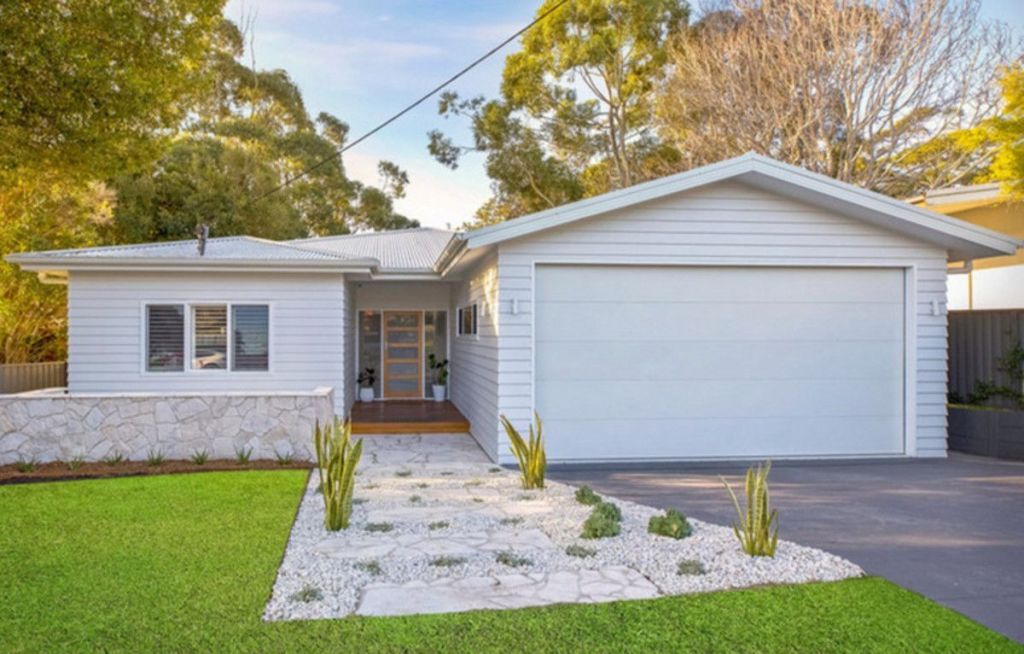
“But today’s rate decision will come as a relief to those on variable mortgages,” Dada said. “I think there is a lot of optimism around. Judging by all the traffic in Sydney and Melbourne, people are starting early with their Christmas shopping …”
Rethink Investing founder and managing director Scott O’Neill, author of the book Rethink Property Investing, believes, like Tiller, that November’s rate increase might not have been necessary. If the figures to come out later prove him right, he forecasts that the rate could be slashed even sooner.
“If the RBA has gone too high, then that could see rates coming down quicker,” he said. “This period of stability is going to be very important, and I think we’ll see people spending less over Christmas than usual. Then, if unemployment jumps or we slip into a recession, the RBA will need to act and cut rates.
“The danger is that we have a two-speed market, with cashed-up baby boomers with savings in the bank doing well from the higher rate, and people with variable mortgages doing worse. We don’t want that type of economy long-term.”
We thought you might like
States
Capital Cities
Capital Cities - Rentals
Popular Areas
Allhomes
More
